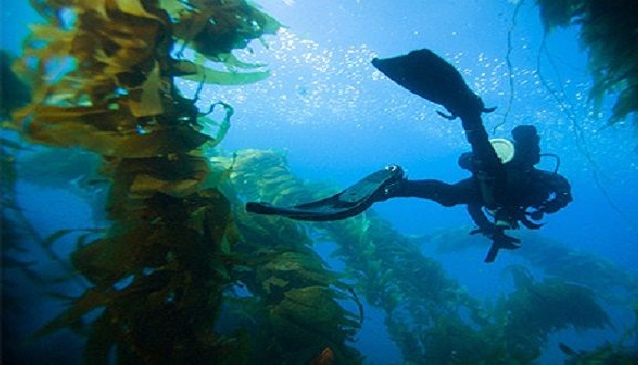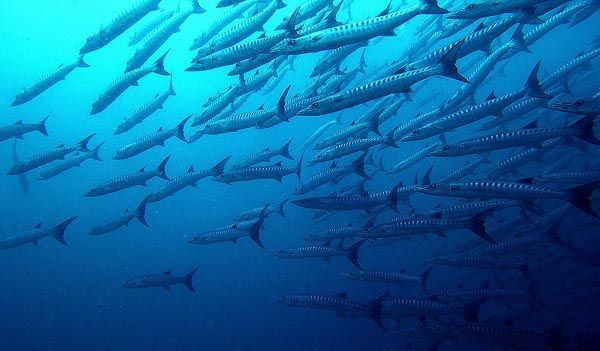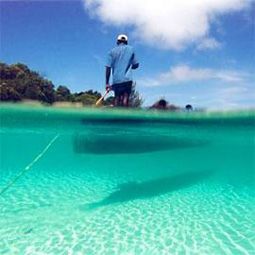Underwater adventure in Tanzania

The Island of Pemba, situated off the coast of Tanzania, is a truly forgotten world, where there is not even a supermarket! There are three reasons to visit the Island of Pemba, adventure, birding and, most importantly, scuba diving.
Africa with its long sandy coasts is not the first place you would think of for diving, but the Island of Pemba, is a volcanic rock that rises 800 metres off the Indian ocean floor on one side and 5000 metres on the other. Far from the African continental shelf, this island is a haven for pelagics and reef fish alike.
When your plane lands in Pemba you can see the clear blue water and the reefs that fringe the Island. Any diver who takes this flight will look at the reefs and start to wonder where he will descend. The runway is not short, but not long; the comfortable but small turboprop taxies to a halt and the passengers disembark and walk to waiting taxis. A jeep takes you for a 90 minute journey through rolling hills, for Pemba is hilly, to some wide open valleys, with palm trees in the background. This area could almost be an east African farm. But beyond the palm trees lies the Indian Ocean. You enter the forest and you leave the tarmac. Here the road is a mud track and the Landrover slides over the muddy rocks and through the potholes. Twenty minutes later the vehicle emerges onto the northern tip of Pemba. The rain forest trees are 40 metres high and this makes for a different weather system in the north of the island.
There are few conventional stunning beaches on the Island, most of the coast is volcanic rock with the occasional bit of sand on top. This means that the diving that is done just off the coast can be clear at most times without sand particles in the water.
The 10m inflatable boat glides over the now calm waters. The water is crystal clear. The only divers on the boat are a father and son combination. It is June and the season has barely started at Swahili Divers. No other hotel has opened yet. The nearest divers to us are 160 kilometres away in Zanzibar. This exemplifies the remoteness and exclusivity of Pemba’s dive sites.

Pemba Island
The divers meander slowly along a steep reef, and then around a series of coral bommies or large rocks. “Bommies are a haven for fish life, so let us look around” The dive leader writes on his slate. The divers nod their agreement, and they slowly circle around the lump. Inside sit soldierfish, nudibranches, squirrelfish and just further on a tropical lobster. On top of the bommie there is black scorpion fish.
The guide is poking his nose in a series of holes, when the diver grabs his arm. Two fat and large dog tooth tuna sped past. I only caught a glimpse, but he had a good view. “Typical I thought, we find a macro haven, and two huge pelagics appear.”
They continue slowly along the reef, over a field of hard coral to drift onto another bommie and finally over the lip of the reef and into shallow water. Here the coral becomes soft, and schools of fusiliers dart past them, as the divers try and take in the plethora of waving soft corals.
All too soon they break the surface and the rib appears. They clamber aboard as the captain takes their cylinders. He takes them slowly to a beach on Njao Island, where they sit on the sand drinking Swahili tea.

Pemba
The diver stares at the small, hidden white sandy beach fringed with mangrove trees. “This is amazing, apart from the diving being awesome, there is simply no one here” he says.
“I wonder if in 20 years time, people will say ‘Oh I remember Pemba when you could just pull up a boat on a deserted beach 30 metres wide and have tea’. I mean when will this place be discovered and become part of the international dive tourism circuit?”
“Well I wouldn’t know” the guide responds “But this really is a forgotten world, and I seem to live in it”
Article supplied by Swahili Divers